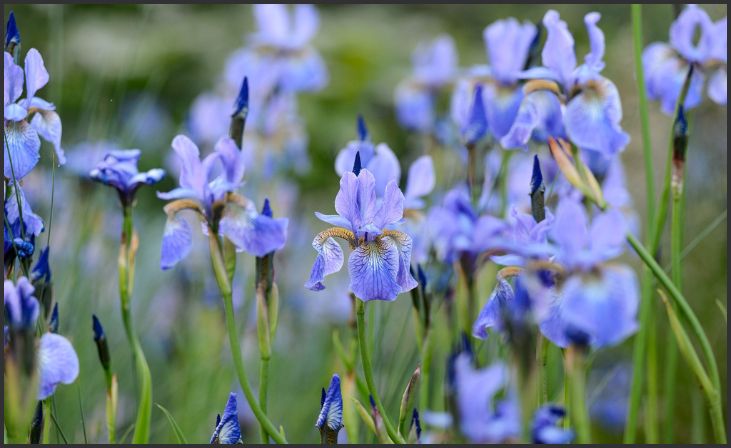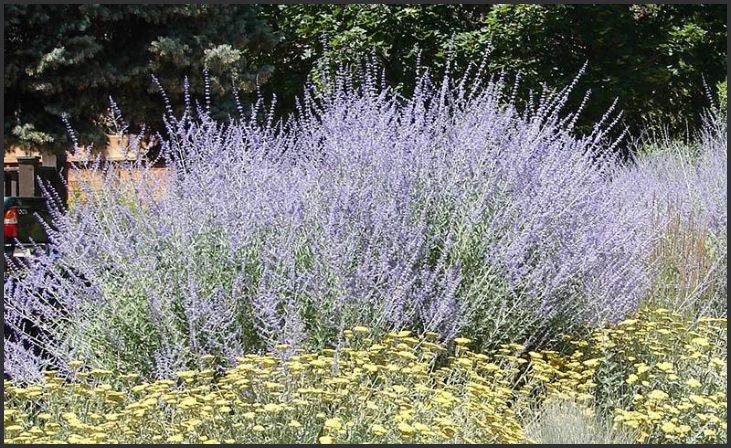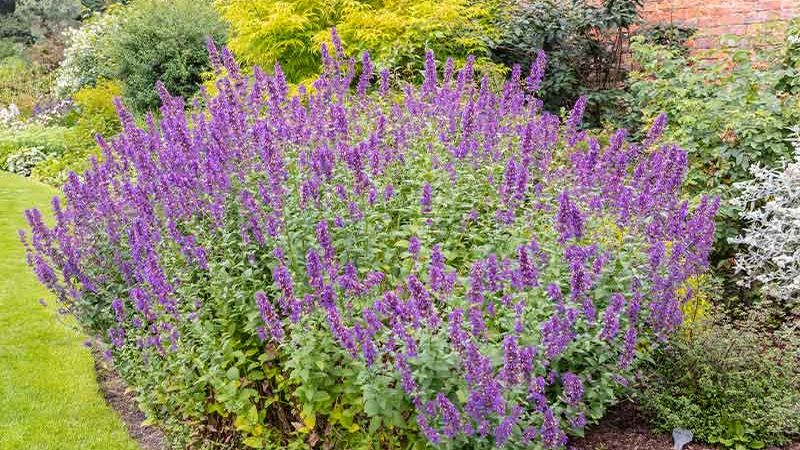Perennial plants are a gardener’s best friend, coming back year after year to beautify landscapes and provide consistent greenery and blooms. In regions that experience harsh, cold winters, it’s essential to choose perennials that are not only hardy but can also thrive in the freezing temperatures. Here are eight resilient perennials that can withstand the coldest winters, ensuring your garden remains vibrant and alive even after the frost sets in.
1. Hellebores (Helleborus spp.)
Hellebores, commonly known as Lenten roses, are a winter garden gem. These hardy perennials bloom in late winter to early spring, often peeking through the snow. Their leathery, evergreen foliage remains attractive year-round, providing texture and color to the garden. Hellebores are incredibly resilient, tolerating temperatures as low as -30°F (-34°C). They thrive in shaded to partially shaded areas and prefer well-drained, organic-rich soil. Their nodding, cup-shaped flowers come in a range of colors, including white, pink, purple, and green, making them a versatile choice for cold-climate gardens.
2. Siberian Iris (Iris sibirica)

Siberian Iris is a tough perennial that can handle some of the coldest temperatures, enduring winters in USDA hardiness zones 3-9. These irises are known for their graceful, sword-like foliage and striking blue, purple, white, or yellow flowers that appear in late spring to early summer. Siberian Irises prefer full sun to partial shade and thrive in moist, well-drained soil. Once established, they are quite drought-tolerant and require minimal care, making them an excellent choice for gardeners in colder regions. Their elegant flowers and hardy nature add both beauty and resilience to winter gardens.
3. Peonies (Paeonia spp.)
Peonies are beloved for their lush, fragrant blooms and sturdy nature. These perennials can survive temperatures as low as -40°F (-40°C), making them suitable for extremely cold climates. Peonies require well-drained soil and full sun to produce their best flowers, which range in color from white and pink to red and yellow. They have a long lifespan, often thriving for decades with minimal care. While peonies die back to the ground in winter, they re-emerge in spring with renewed vigor, producing spectacular blooms that are a highlight in any garden.
4. Daylilies (Hemerocallis spp.)
Daylilies are one of the hardiest perennials available, capable of thriving in USDA zones 3-9. They are well-known for their vibrant, trumpet-shaped flowers that come in a wide array of colors, including red, orange, yellow, pink, and purple. Daylilies are incredibly versatile and can adapt to various soil types and light conditions, although they prefer well-drained soil and full sun to partial shade. They require minimal maintenance and are highly resistant to pests and diseases. Daylilies’ ability to endure harsh winters and bounce back each spring makes them a reliable choice for cold-climate gardens.
5. Russian Sage (Perovskia atriplicifolia)

Russian Sage is a robust perennial that thrives in USDA zones 4-9, withstanding cold winters with ease. This plant is known for its aromatic, silvery-gray foliage and long-lasting spikes of lavender-blue flowers that bloom from midsummer to fall. Russian Sage prefers full sun and well-drained soil, and it is remarkably drought-tolerant once established. Its airy, open habit and extended bloom time make it an excellent addition to borders and perennial beds. Russian Sage not only adds a splash of color to the garden but also provides structure and interest throughout the colder months.
6. Coneflowers (Echinacea spp.)
Coneflowers are hardy perennials native to North America, well-suited for USDA zones 3-9. These plants are prized for their large, daisy-like flowers with prominent central cones, which come in shades of pink, purple, white, orange, and yellow. Coneflowers are extremely resilient, tolerating drought, poor soil, and harsh winters. They thrive in full sun and well-drained soil, attracting pollinators like bees and butterflies during their long blooming period from midsummer to fall. In addition to their beauty, coneflowers provide seed for birds in the winter, adding ecological value to their garden presence.
7. Hostas (Hosta spp.)
Hostas are shade-loving perennials that are incredibly tough, surviving in USDA zones 3-9. They are particularly valued for their lush, variegated foliage, which comes in various shades of green, blue, and gold. While hostas are primarily grown for their leaves, they also produce spikes of lavender or white flowers in the summer. Hostas prefer moist, well-drained soil and can thrive in shady areas where many other plants struggle. Their ability to withstand cold winters and return year after year with minimal care makes them a staple in many gardens, particularly in shaded or partially shaded areas.
8. Sedum (Sedum spp.)
Sedum, also known as stonecrop, is a versatile and hardy succulent perennial that can thrive in USDA zones 3-9. These plants are known for their fleshy, water-storing leaves and clusters of star-shaped flowers that bloom in late summer to fall. Sedum varieties range from low-growing ground covers to upright, clump-forming plants. They prefer full sun and well-drained soil and are highly drought-tolerant. Sedum’s ability to survive in poor soil and withstand harsh winters makes it a low-maintenance and reliable choice for cold-climate gardens, providing color and interest when many other plants have died back.
Conclusion
In regions that experience the harshest winters, selecting the right perennials can ensure your garden remains vibrant and resilient. These eight hardy perennials—Hellebores, Siberian Iris, Peonies, Daylilies, Russian Sage, Coneflowers, Hostas, and Sedum—are not only capable of surviving the cold but also thrive, bringing beauty and life to your garden year after year. By incorporating these robust plants, you can enjoy a dynamic and colorful landscape even in the most frigid months, knowing that your garden is built to withstand whatever winter throws its way.

